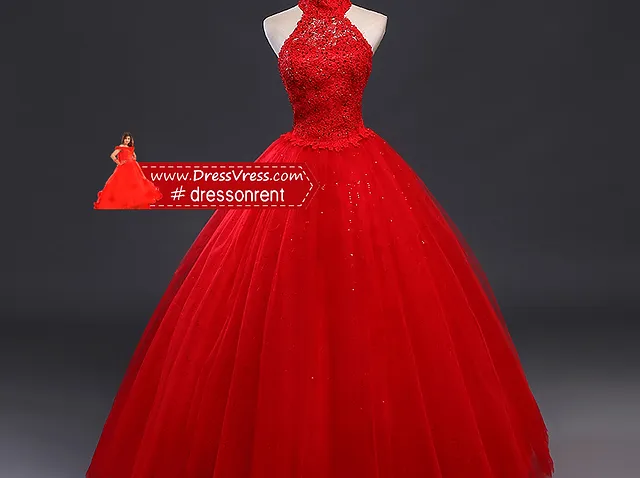The frock, a classic garment cherished for its versatility and elegance, has undergone a remarkable transformation throughout fashion history. From its early iterations to its modern manifestations, the frock has mirrored societal changes, technological advancements, and evolving styles. This journey through fashion history reveals how the frock has adapted and thrived through centuries of sartorial shifts.
### **Early Beginnings: The Medieval and Renaissance Eras**
The concept of the frock can be traced back to the medieval period, where early forms of the garment appeared in various cultures. During the Middle Ages, frocks were typically loose, flowing garments worn by both men and women. These early frocks were often made from heavy fabrics and featured long, voluminous skirts.
– **Medieval Frocks:** In medieval Europe, both men and women wore long, tunic-like frocks, often belted at the waist. These garments were simple but functional, designed for warmth and modesty. The frock’s loose fit allowed for ease of movement and was typically worn with additional layers.
– **Renaissance Influence:** The Renaissance period saw the frock evolve with more elaborate designs and luxurious fabrics. Women’s frocks began to feature fitted bodices with voluminous skirts, often supported by layers of petticoats and crinolines. This era introduced rich textiles like silk and velvet, as well as intricate embellishments and embroidery, reflecting the growing importance of fashion and personal style.
### **The 18th and 19th Centuries: The Rise of Formal Wear**
The 18th and 19th centuries marked significant changes in the frock’s design, driven by social and cultural shifts. The frock evolved from a utilitarian garment into a symbol of elegance and sophistication.
– **18th Century:** During the 18th century, the frock became a staple of formal attire, particularly for women. The Empire silhouette emerged, characterized by a high waistline just below the bust and a flowing skirt. This design, popularized by figures like Napoleon’s wife Josephine, emphasized a graceful and classical aesthetic.
– **Victorian Era:** The Victorian era introduced the concept of the “frock coat” for men, a formal, tailored coat that became a symbol of respectability. For women, the mid-19th century saw the rise of the “bustle” skirt, which added volume to the back of the dress, creating a pronounced hourglass figure. The introduction of the corset also shaped the frock’s form, emphasizing a cinched waist and full skirts.
### **The Early 20th Century: Innovation and Modernity**
The early 20th century brought about dramatic changes in fashion, including the frock’s design and functionality. The advent of new materials and fashion-forward thinking transformed the frock into a symbol of modernity and innovation.
– **1920s:** The Roaring Twenties saw the frock embrace the flapper style, characterized by its straight, loose fit and dropped waistline. This design represented a break from the rigid, corseted fashions of the previous century, reflecting the social liberation and changing roles of women.
– **1940s and 1950s:** Post-World War II, the frock experienced a revival of classic femininity with the introduction of Christian Dior’s “New Look.” The frock featured a cinched waist and a full, knee-length skirt, emphasizing an elegant and structured silhouette. This period celebrated luxurious fabrics and intricate details, reinforcing the frock’s status as a symbol of sophisticated fashion.
### **The Late 20th and Early 21st Centuries: Diversity and Versatility**
The latter half of the 20th century and the early 21st century marked an era of diversification and innovation in frock design. The frock became a versatile garment, adapting to various styles, cultures, and occasions.
– **1960s and 1970s:** The mod fashion movement of the 1960s introduced mini frocks, characterized by their short hemline and bold patterns. This era celebrated youthful exuberance and modernity, with frocks featuring geometric designs and vibrant colors. The 1970s brought a bohemian influence with maxi frocks, flowing fabrics, and eclectic prints, reflecting the era’s free-spirited ethos.
– **1980s and 1990s:** The 1980s saw the frock embrace bold shoulder pads, dramatic silhouettes, and luxurious fabrics, reflecting the decade’s penchant for opulence. The 1990s introduced minimalist designs, with simple, streamlined frocks in neutral tones and lightweight fabrics, mirroring the era’s focus on understated elegance.
– **21st Century:** Today, the frock is celebrated for its versatility and adaptability. Modern frocks come in various styles, from casual day dresses to formal evening gowns, incorporating innovative fabrics and design techniques. Sustainability and inclusivity have become central themes, with designers focusing on eco-friendly materials and diverse body types.
### **Conclusion**
The frock’s evolution is a testament to its enduring appeal and adaptability. From its early roots in medieval Europe to its modern iterations, the frock has continuously evolved to reflect changing fashions, societal norms, and technological advancements. As we look forward, the frock will undoubtedly continue to adapt and thrive, remaining a timeless and versatile piece in the ever-changing world of fashion.
